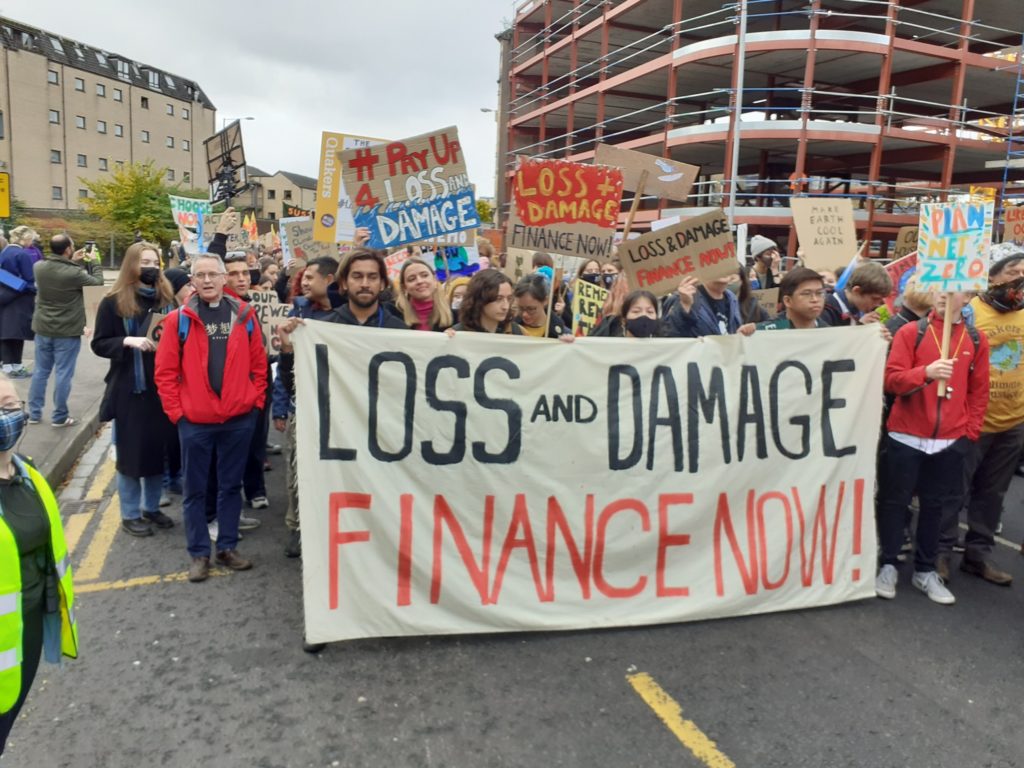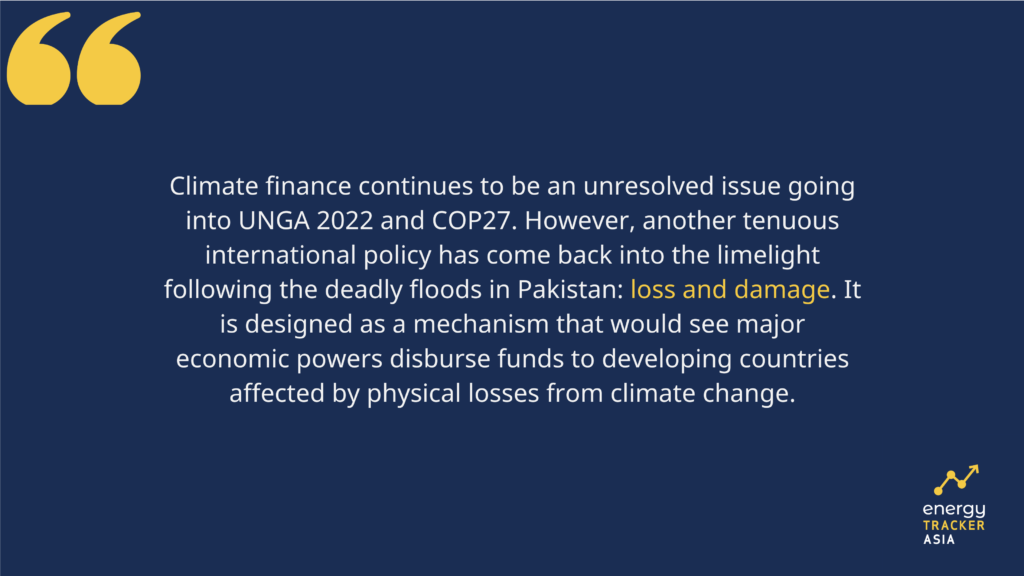UN General Assembly 77 (UNGA 2022) Convenes After Pakistan Flooding
Photo by Osugi via Shutterstock
30 September 2022 – by Eric Koons Comments (0)
The 77th United Nations General Assembly (UNGA 2022) took place in New York against a backdrop of soaring energy prices, food insecurity and the crisis in Pakistan. Taking place between September 13-27, UNGA 2022 was an important stepping stone toward the UN Climate Change summit (COP27) happening in Sharm-el-Sheikh, Egypt, in November 2022.
The Agenda of the 77th Session of the UN
Climate action was at the forefront of UN General Assembly (UNGA) after a year when climate-related impacts continued to make headlines. This year has brought record-high temperatures and a steadily increasing number of severe droughts. With stronger calls for more decisive climate action resonating worldwide, all eyes were on UNGA 2022 to see how governments would respond to the ongoing crisis.
The Cost of Climate Inaction
Sweltering temperatures this summer were a rude awakening to the fact that the climate crisis is underway. Vulnerable nations that have been on the front lines for decades continue to receive the brunt of increasingly severe weather events.
Flooding in Pakistan
The recent unprecedented level of flooding in Pakistan is a prime example of these impacts. With more than 6 million people displaced and more than 1,000 people dead, as well as the untold infrastructure damage, the country will take decades to recover from the over USD 10 billion in losses. For a country with close to 40% of its population living below the poverty line, it will be nearly impossible for Pakistan to manage the disaster without international help.
This event, and similar disasters, continue to prove the extreme cost of inaction on climate change. However, there remains inadequate progress on the international stage particularly with the failure to meet existing climate funding targets for developing countries.

Climate Inaction can Cost Trillions
Climate inaction is challenging to associate with a direct financial value. Still, a report by the consulting firm Deloitte estimated it could cost the world over USD 178 trillion by 2070.
Despite many world leaders announcing plans to reach net-zero emissions by mid-century, a lot remains to be done. Bernadette Maheandiran, a research and legal analyst with the Australia-based shareholder activist group Market Forces, illustrates it well:
“After the Japanese government made their net-zero commitment, you saw a slew of Japanese corporations make similar commitments. But what we’re seeing is the absence of an actual pathway to meet those commitments.”
Japan is not alone in this regard. Overall, global governments have been slow in implementing climate policy, and most corporations continue to ignore climate action.
Climate Finance Continues to Fall Short
One of the key considerations that vulnerable communities have been fighting for since the inception of the Intergovernmental Panel on Climate Change (IPCC) is to have funding available to help develop their adaptation and resilience-building projects. Financial aid would come from grants, loans, or partnerships with intergovernmental organizations.
This funding will enable nations with limited economic power to continue developing while future-proofing themselves from climate change. These developing nations argue that the funding is needed and owed. Meanwhile, they have minimal contribution to climate change emissions yet will bear most of the impacts.
Adaptation Is Crucial for Climate Resilience
However, at COP26 last year, there was still a gap in climate finance. As a result, countries facing the most severe climate damage still have limited opportunities for international financial support. Additionally, the funding that was provided largely went to projects that reduced greenhouse gas emissions instead of towards adaptation.

The UN estimates that developing countries currently need USD 70 billion annually to cover adaptation costs for unavoidable climate impacts. If we continue the same climate trend, this could rise to USD 500 billion per year by 2050. Without adequate funding for adaptation, the financial and human costs of climate-related disasters will continue to rise.
Pakistan Disaster Brings Loss and Damage to UNGA 2022
Climate finance continues to be an unresolved issue going into UNGA 2022 and COP27. However, another tenuous international policy has come back into the limelight following the deadly floods in Pakistan: loss and damage finance. Designed as a mechanism that would see major economic powers disperse funds to developing countries affected by the physical loss resulting from climate change, it has been the cause of debate for over three decades.

While the reasoning is fairly straightforward, developed countries have baulked at the idea of being made financially responsible for damage in other countries, which some see as tantamount to accepting liability for climate change.
Until the developments in Pakistan, loss and damage would not have undergone major discussions until COP27 in November. However, difficult questions were raised at UNGA 2022. The world feels the impacts of climate change, but the solutions rest with wealthier nations who remain slow to adapt. Accelerating action on sustainable development goals should become a priority.
“While the rich nations may be feeling uncomfortable [about a finance-based loss and damage agreement], for the vulnerable low-income countries, this is a survival issue.”
– MD Fahad Hossain, Saleemul Huq and Mizan R. Khan, “The intractability of loss and damage issues in climate negotiations”
From United Nations General Assembly New York 2022 to COP27 in Sharm-el-Sheikh
The cost of inaction on the climate is more apparent than ever as global inflation rates rise and climate impacts continue to hit the most vulnerable countries. Loss and damage are central to the COP27 agenda this year, along with looming Nationally Determined Contribution (NDC) deadlines and the pledges countries will make to address an increasingly unequal world.
The war in Ukraine highlights many of the world’s problems, like dependence on fossil fuels and growing global food insecurity. However, sustainable solutions exist for most of these concerns, but developing countries must step up to make them happen.

by Eric Koons
Eric is a passionate environmental advocate that believes renewable energy is a key piece in meeting the world’s growing energy demands. He received an environmental science degree from the University of California and has worked to promote environmentally and socially sustainable practices since. Eric’s expertise extends across the environmental field, yet he maintains a strong focus on renewable energy. His work has been featured by leading environmental organizations, such as World Resources Institute and Hitachi ABB Power Grids.
Read more